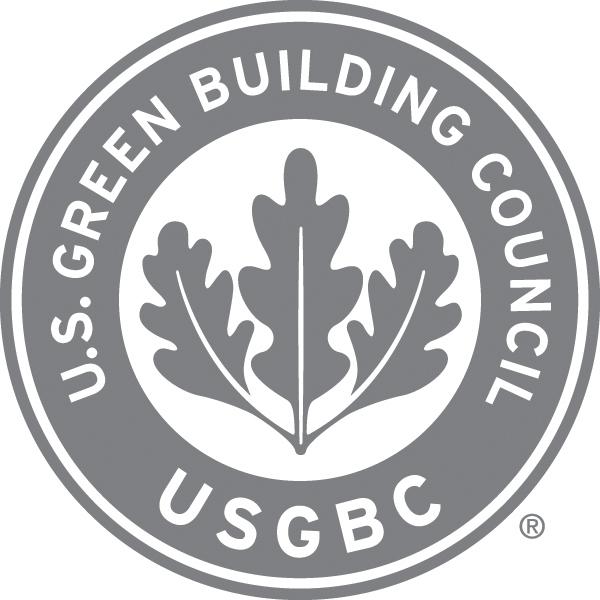
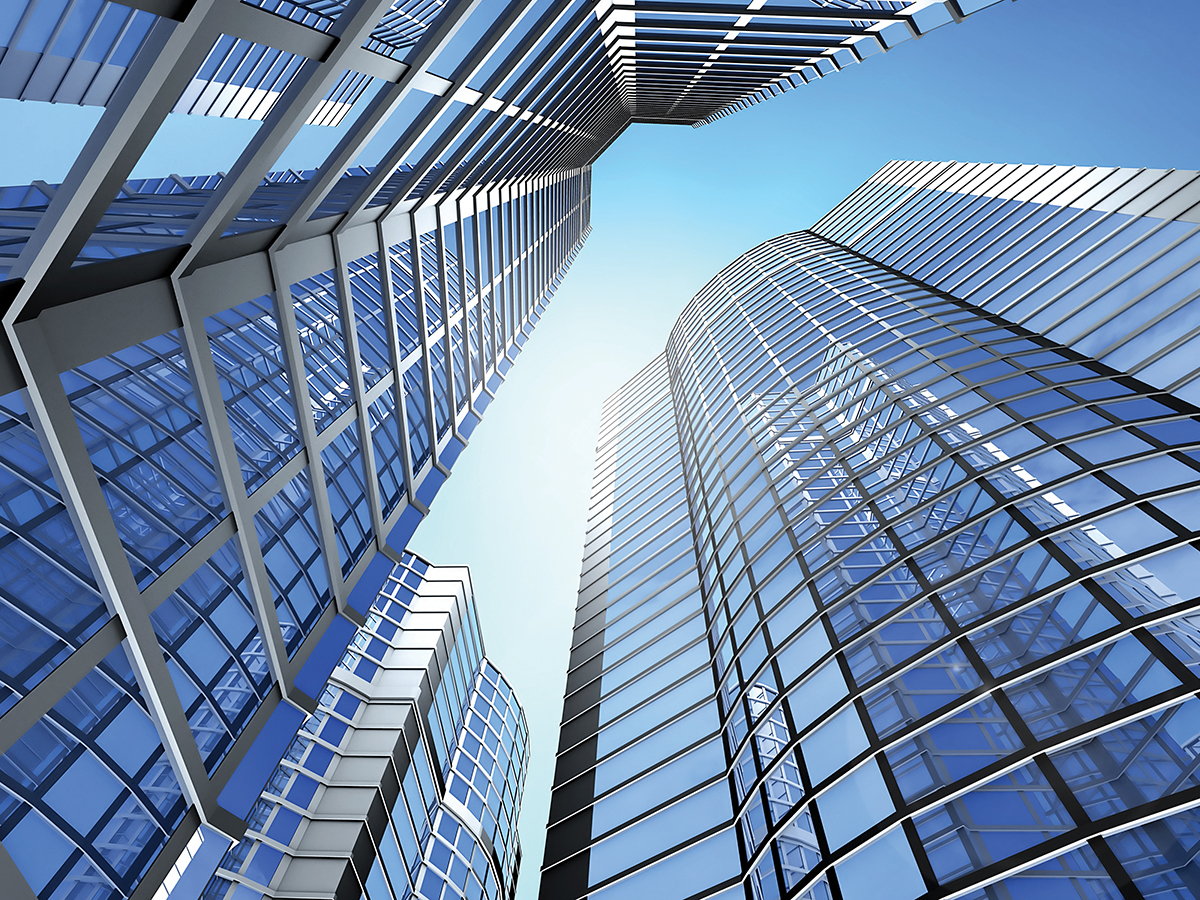
USGBC’s flagship program, LEED, or Leadership in Energy and Environmental Design, is the world’s most widely used green building rating program. Since it launched nearly 20 years ago, LEED has undergone several iterations and continues to evolve with the market. These purposeful shifts in the rating system have kept pace with changes in technology and expertise, ensuring that LEED continues to push the boundaries of what the world expects from green buildings.
Local, Regional, Global
LEED has become one of the principal tools available to advance the building industry’s constant movement toward a more sustainable and prosperous future. LEED projects can be found in all 50 U.S. states and in more than 167 countries and territories around the globe. More than 93,000 projects totaling 19.3 billion square feet of space currently participate in LEED worldwide with 2.2 million square feet of space certifying every day.
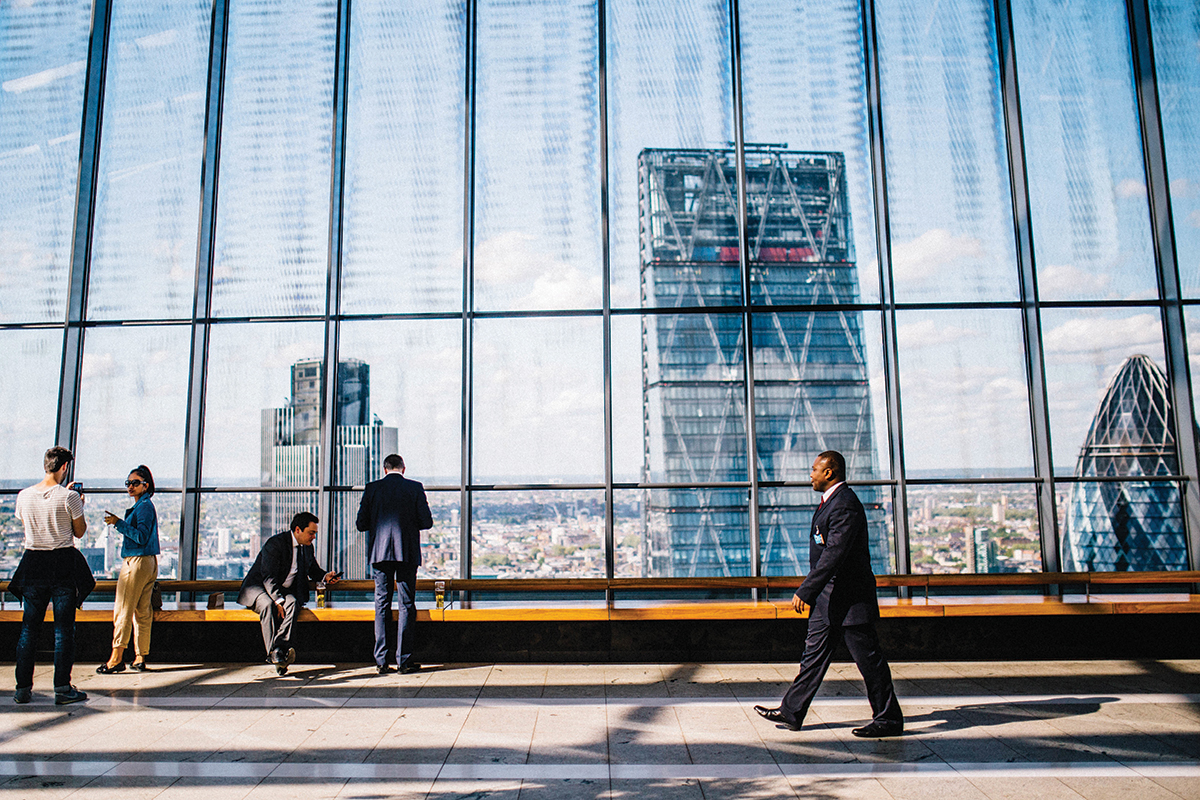
LEED buildings provide an enhanced occupant experience and support the development of resilient, healthy and economically sustainable communities. By showcasing what is possible through innovation, imagination and cooperative effort, LEED projects demonstrate the importance of remaining focused on the long-term future of our buildings and the activities they support.
Occupants of schools, hospitals, senior living centers, multi-family housing developments, factories, offices, single-family homes and more all benefit from LEED. As USGBC continues working to realize a vision of green buildings for all within a generation, it is imperative that LEED project teams and the people who experience their buildings understand that green buildings best serve people and the environment when they are performing optimally.
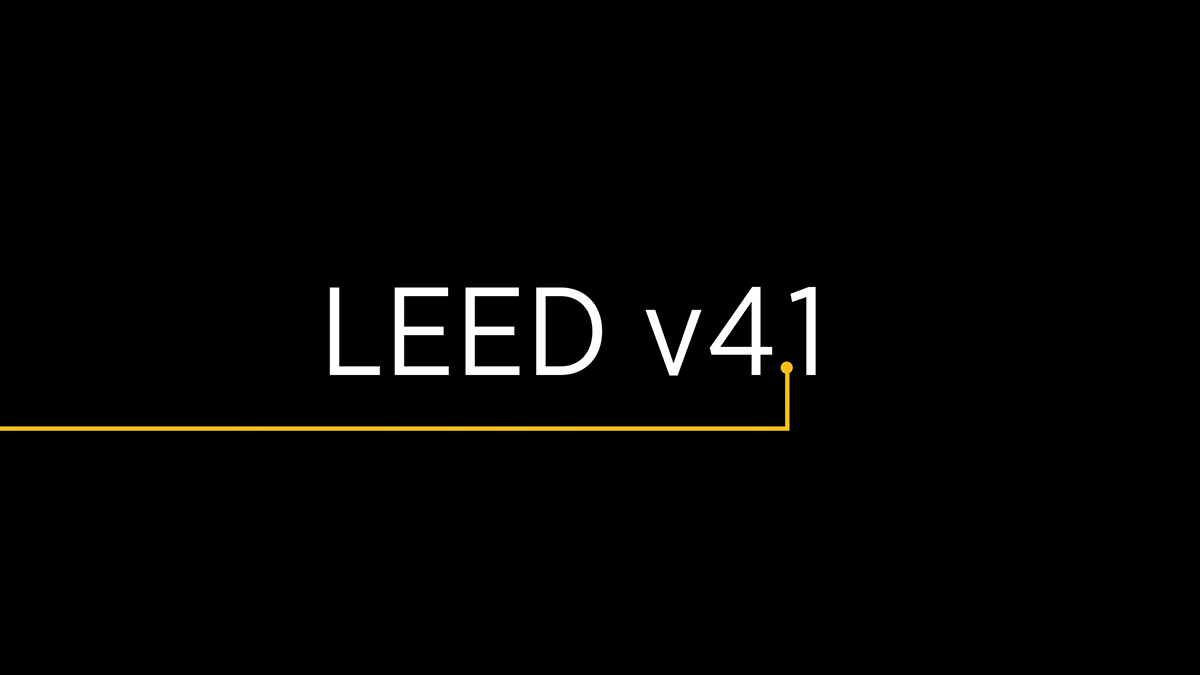
With local impact top of mind, USGBC recently unveiled the next evolution of LEED with the arrival of LEED v4.1 in beta. A significant departure from previous versions of the rating system, LEED v4.1 shines a spotlight on building performance, making performance scores across myriad categories the primary drivers of a project’s certification.
LEED now incorporates performance reporting, to enable building owners to report and track progress toward environmental, social and governance goals with ease and agility. The new version of LEED empowers teams to track and assess holistic building performance against targets established during project design and to link new construction strategies to intended outcomes and key performance indicators.
This keen focus on how a building actually performs has the potential to drive progress in green building farther, faster than any previous third-party verification system. By encouraging project teams to turn information into knowledge about how an individual building operates and to leverage that knowledge to make better decisions over time, LEED v4.1 sets the stage for green buildings to play an even greater role in climate change mitigation, health promotion and economic development.
Buildings that exist today make up the majority of the building stock that will be in existence in the decades to come; therefore, focusing on existing building performance is one of the most worthwhile investments of time and brainpower the green building movement can make right now. Better understanding what makes buildings tick after the doors have opened and people start interacting with them is crucial and USGBC has thoughtfully incorporated lessons learned in recent years into LEED v4.1 for Existing Buildings: Operations & Maintenance.
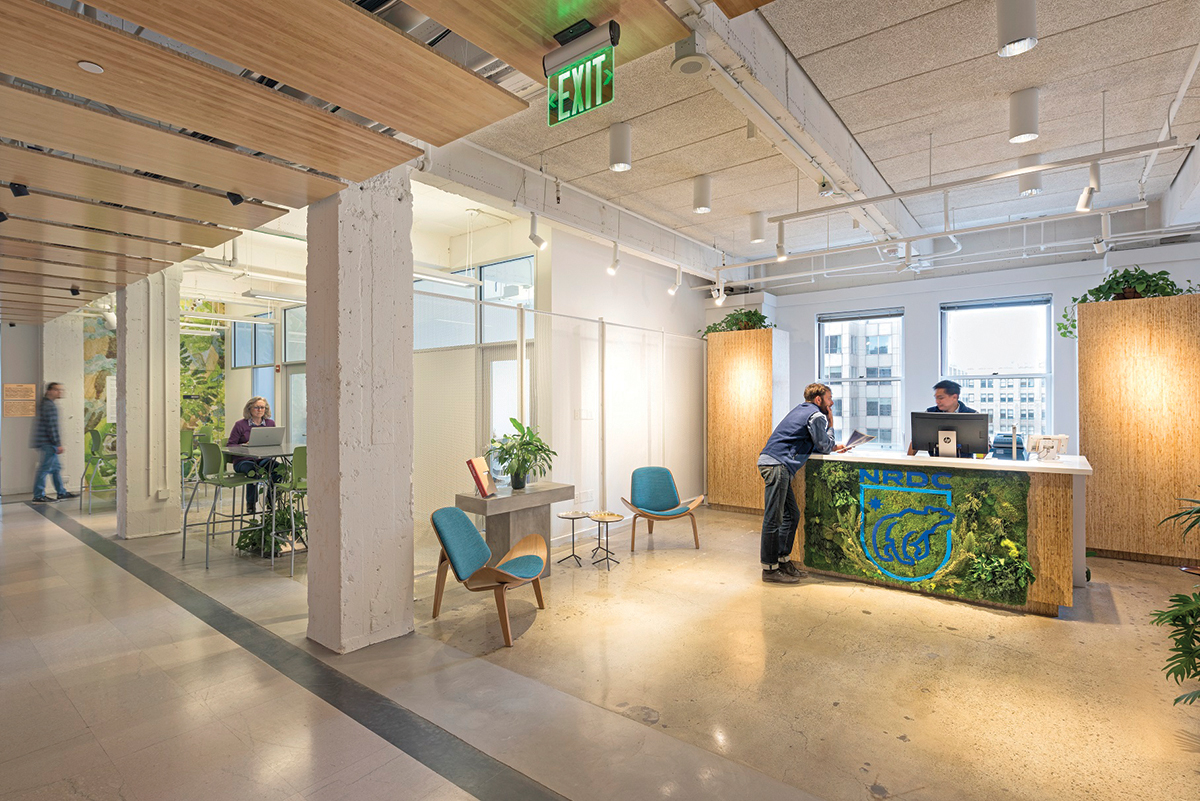
Since 2013, when LEED v4 launched, LEED users have embraced a new approach to building design, construction and operations. With an increased emphasis on materials and resources, siting and adaptability for specific space types, LEED v4 has successfully pushed practitioners to create spaces that support the health and well-being of occupants and the surrounding environment at an elevated level.
With LEED v4.1, USGBC aims to address market barriers and lessons learned from LEED v4 project teams, updating requirements that, in practice, have not produced the intended outcomes, and ensuring LEED remains accessible to diverse building types. As LEED v4 has been online for four years, a number of the referenced standards have been updated and adjusted, so LEED v4.1 addresses those changes as well.
Above all, LEED v4.1 aims to improve performance throughout a building’s lifetime, and expands the reach and relevancy of LEED globally. The new way forward with LEED, which is administered by Green Business Certification Inc. (GBCI), is one of transparency and inclusivity. LEED is incorporating additional international compliance paths and reference standards, aligning requirements with other rating systems in the GBCI portfolio, and providing a streamlined pathway for ongoing, performance data-driven certification.
Collaborative Development
By releasing LEED v4.1 in beta, USGBC is inviting project teams to actively participate in the development of this latest version. This collaboration between USGBC and LEED users is designed to ensure that LEED v4.1 meets the needs of the market while maintaining the level of rigor the world has come to expect from LEED. The first beta is LEED v4.1 for Operations and Maintenance, which will be followed by Homes, Building Design & Construction, Interior Design & Construction, and Neighborhood Development.
Within this test period for LEED v4.1, project teams have the opportunity to review the changes and try them out. The public comment and balloting process will unfold shortly after the beta period so that everyone can engage with the rating system and provide feedback. When USGBC rolled out LEED v4, many lessons were learned – and as LEED is developed further, USGBC is committed to making LEED v4.1 development inclusive, transparent and collaborative. It’s also important to note that LEED v4 will remain fully available for use by projects during this process.
The New Way Forward
LEED v4.1 is the embodiment of a new way forward with LEED. USGBC is paying greater attention to the accessibility of LEED as a product, and as a program. Green building practices and certification work for every building type, and the updates in LEED v4.1 will help deliver on this vision while ensuring that all LEED-certified buildings perform and fulfill the promise of their design.
LEED, and all of the projects that use it, are at their best when they reflect the intelligence of the market. As USGBC continues to drive toward green buildings for all, LEED users provide essential input to help reach those projects waiting in the wings, and to ensure that every LEED-certified building performs as intended for a lifetime.
The arrival of LEED v4.1 heralds a future defined by real, measurable and manageable indicators of performance that will allow green buildings to serve people increasingly well, while continuing to reduce environmental impact. The original intentions behind LEED are as important today as they were 20 years ago, and USGBC is as committed as ever to transforming how buildings and communities are designed, constructed and operated, in pursuit of a better quality of life for all. T&ID

